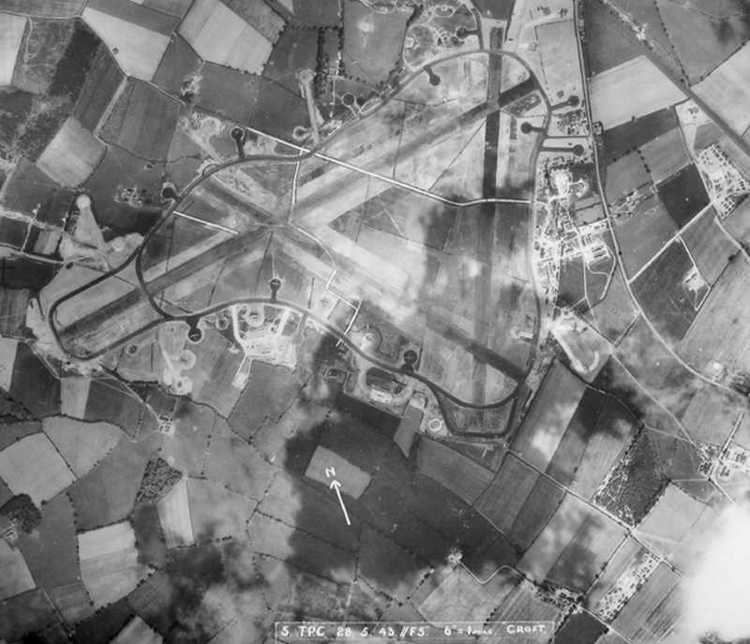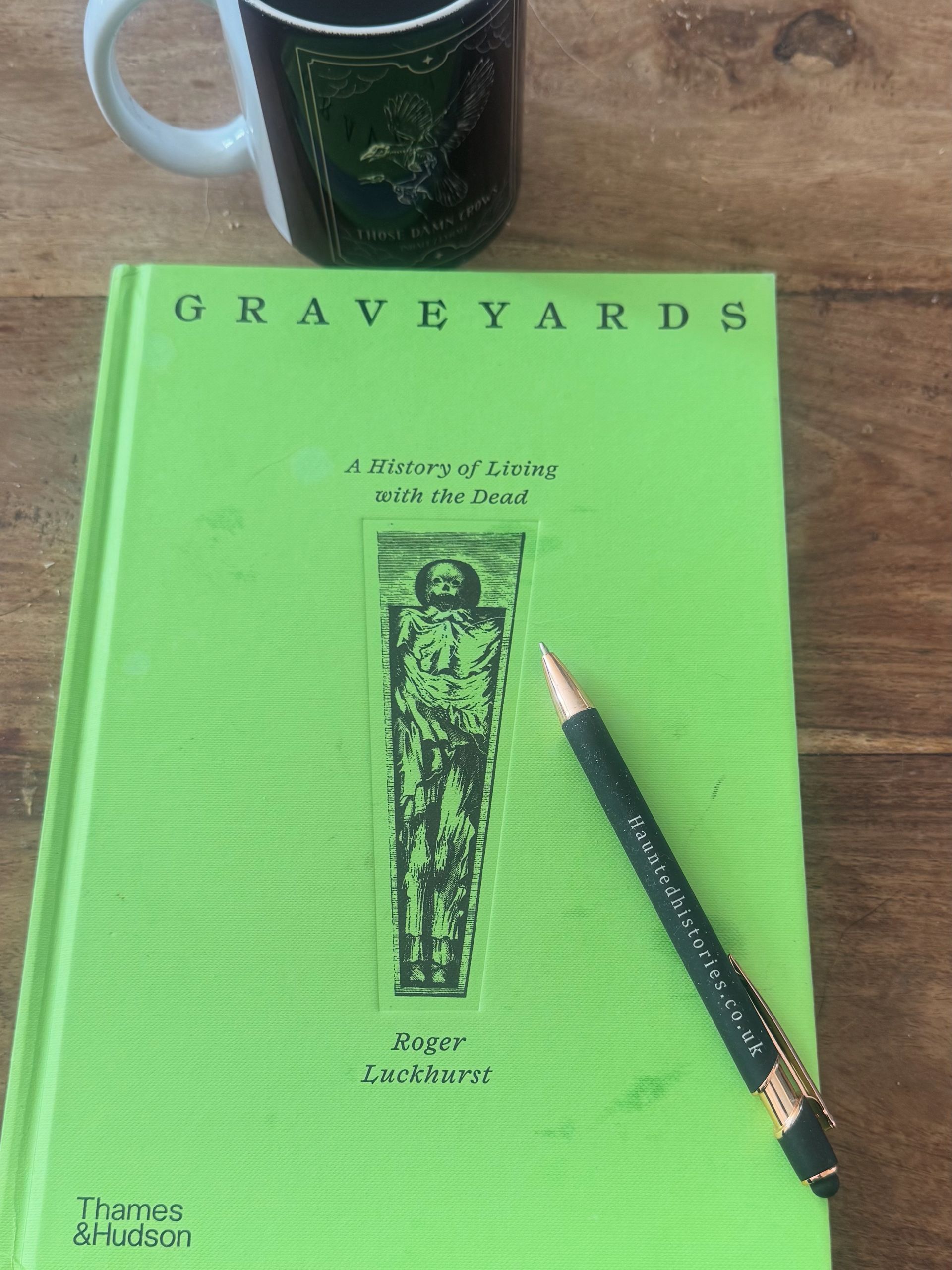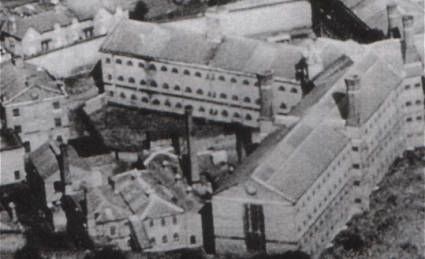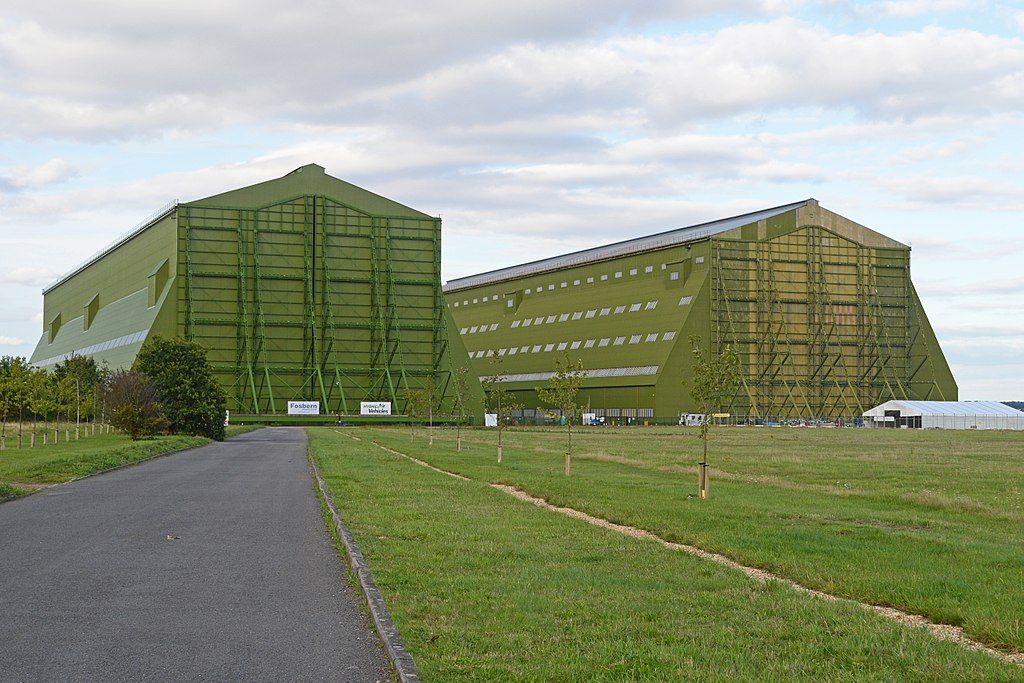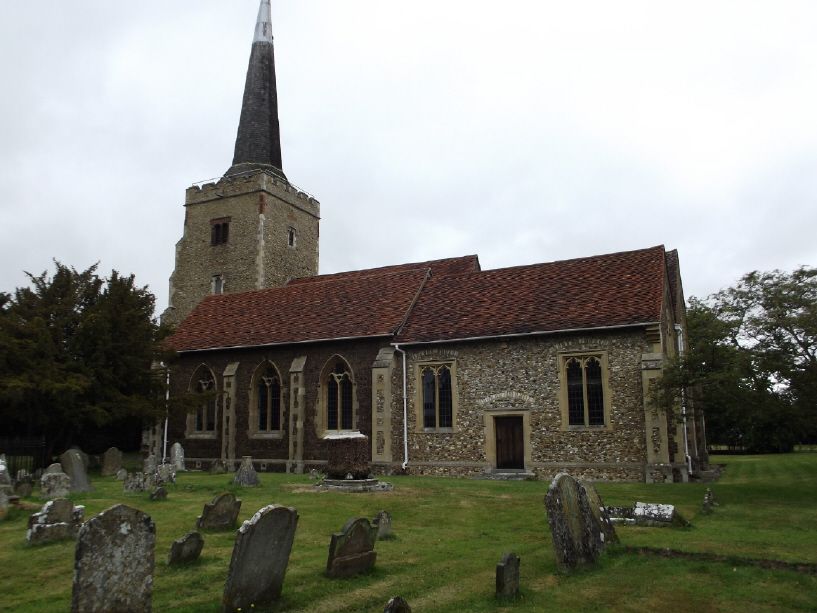Churches and challenging stories

I always joke that whenever I walk into a church I take a bottle of water with me, just in case I burst into flames….I do say it in jest, especially as I have a great affection for these beautiful buildings, many constructed hundreds and hundreds of years ago and would have been the centre of the village (or town etc) that they were part of. Whilst I am not religious, and so go into them to see the amazing architecture and absorb the history, I still try to be as respectful as I can to those people who have gone there to worship, it seems that not all people are that considerate though.
A myth that I dispelled early in my Haunted Histories days was that of the Church of St Peter in Alresford Essex. This 13th century building burned down in 1971, and many accounts say it was on the night of Halloween, and that devil worshippers had crept in and accidentally set fire to it whilst conducting their satanic rituals.
Really?
Well, no, weirdly even though the fire took place in the latter part of the 20th century, there was nothing really written about it and it was a genius researcher at the Essex Records Office who suggested I look at Parish records. In those I discovered a note, kindly written in by whoever was officiating ceremonies saying that a baptism for the 3rd October had been moved to a different location due to the fire the night before.
So not the 31st October then, and most likely not those engaged in the dark arts either, more probable were errant teenagers meeting in the graveyard for a sneaky cigarette, or even that close to Bonfire night, messing around with fireworks.
As I was going to be visiting a client nearby, I decided to make a short detour to the now ruined church and have a look around. It is set quite a way from any houses and is almost in the middle of some fields (with lots of dog walkers using the footpath, I may have made a fuss of all the pooches). Strolling around the graveyard - which is still used, so respect and decorum are a given – I found two war graves, almost by accident, belonging to Lieutenants Rowland and Frederic Giles Prichard. It drove me to look into these two young men, and what had happened to them, Rowland was around 19 years old when he died, and his older brother only 22. I can say it brought tears to my eyes, and when I started to research their story, the emotion got stronger. Their father was the church priest, Revered Charles C Prichard, he had five children in 1911 (seven in total, but two had died) and both his sons had joined the military by 1914, Frederic Giles was with the East York’s and Rowland George with the Suffolk’s. According to the military records, Frederic spent four days in hospital in late February 1915 with frostbite, but was released back to the front soon after. Rowland was in Belgium, and on the 24th April 1915, during the second battle of Ypres, he died. His name is listed among the fifty four thousand, eight hundred and ninety six others on the Menin Gate. The family must have thought that would be the end to their tragedy, but sadly not, on 9th August 1915, Frederic died from injuries sustained in battle.
Their father paid for a beautiful stained glass window to be erected in the church as a tribute to his sons, and the other fallen from the Great War, this was one of the first things that the fire of 1971 destroyed.
When I went back to the church some months later after learning about this family, I wanted to show a friend the two graves that had made me look into their story, oddly I could not find them. Had these young men wanted me to pass on their story and once that was done, they were satisfied? I truly do not know, but we should never forget the sacrifices brave souls like the Prichard boys made.
